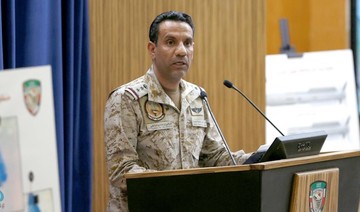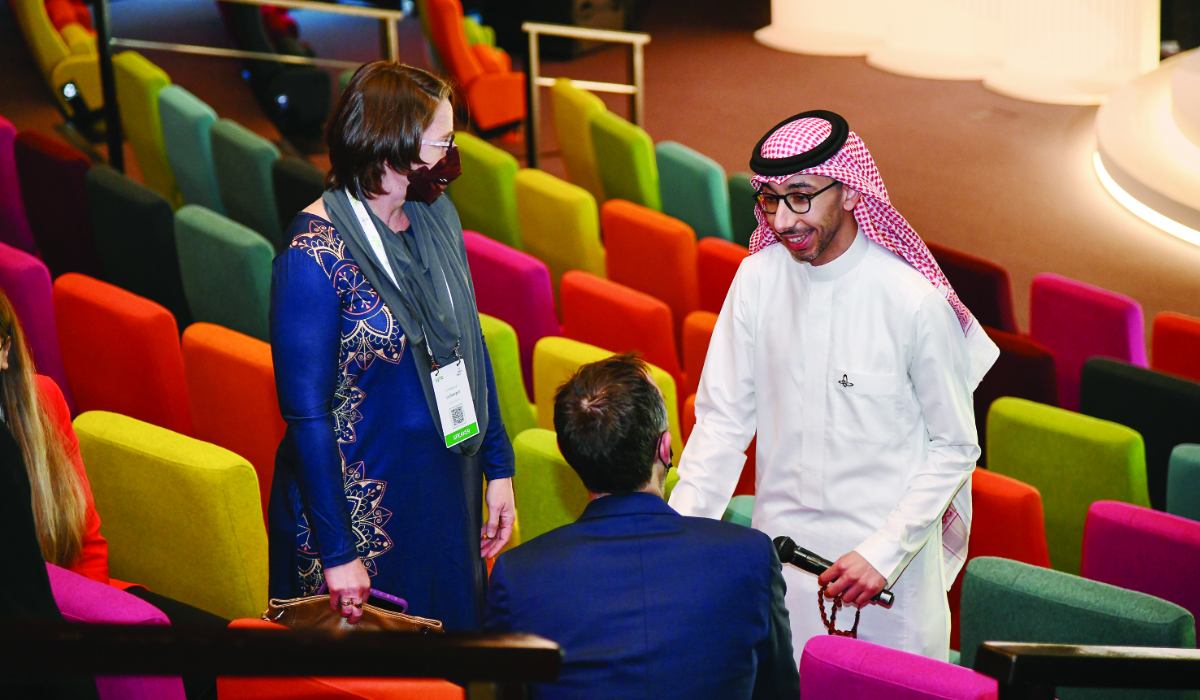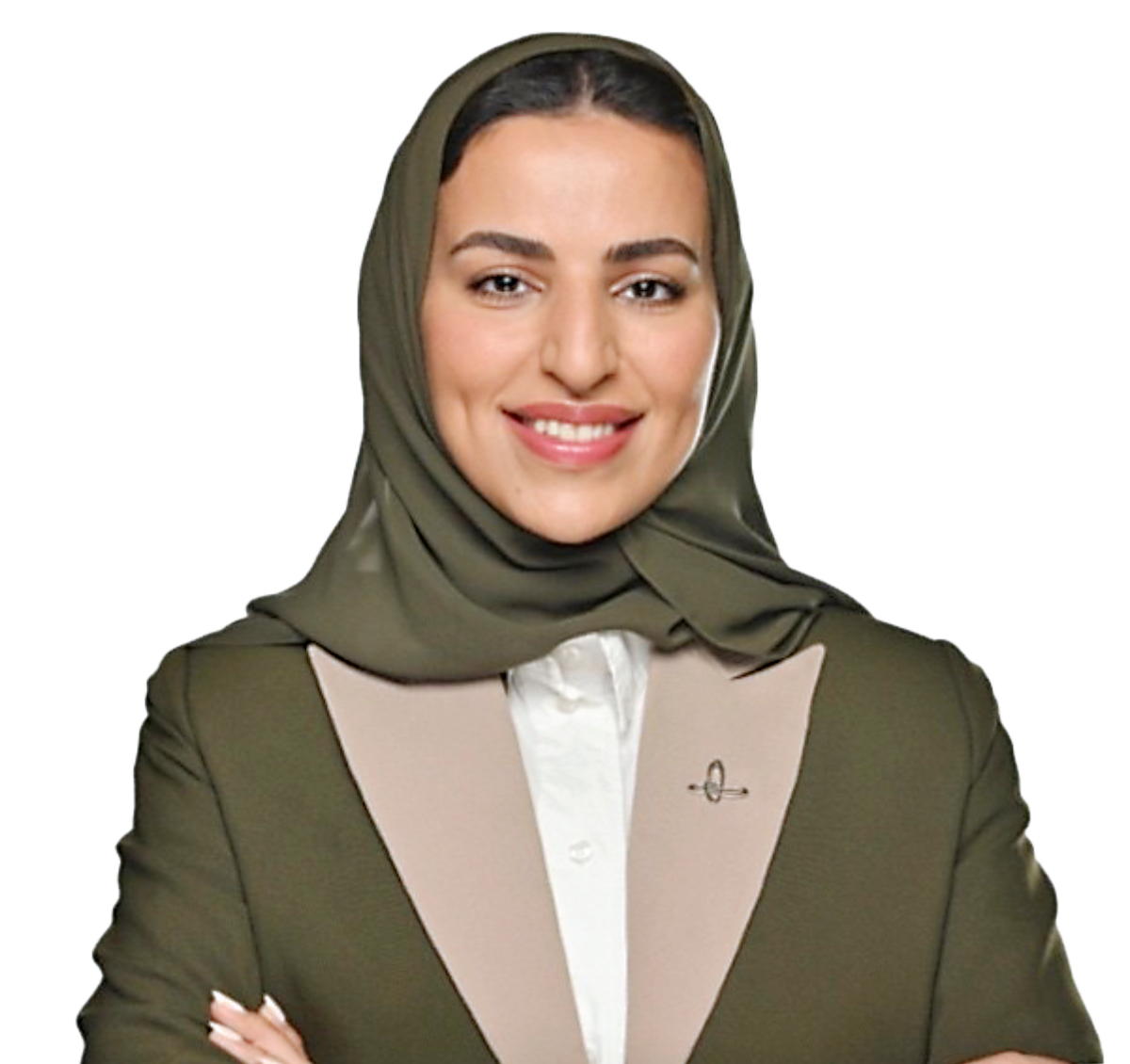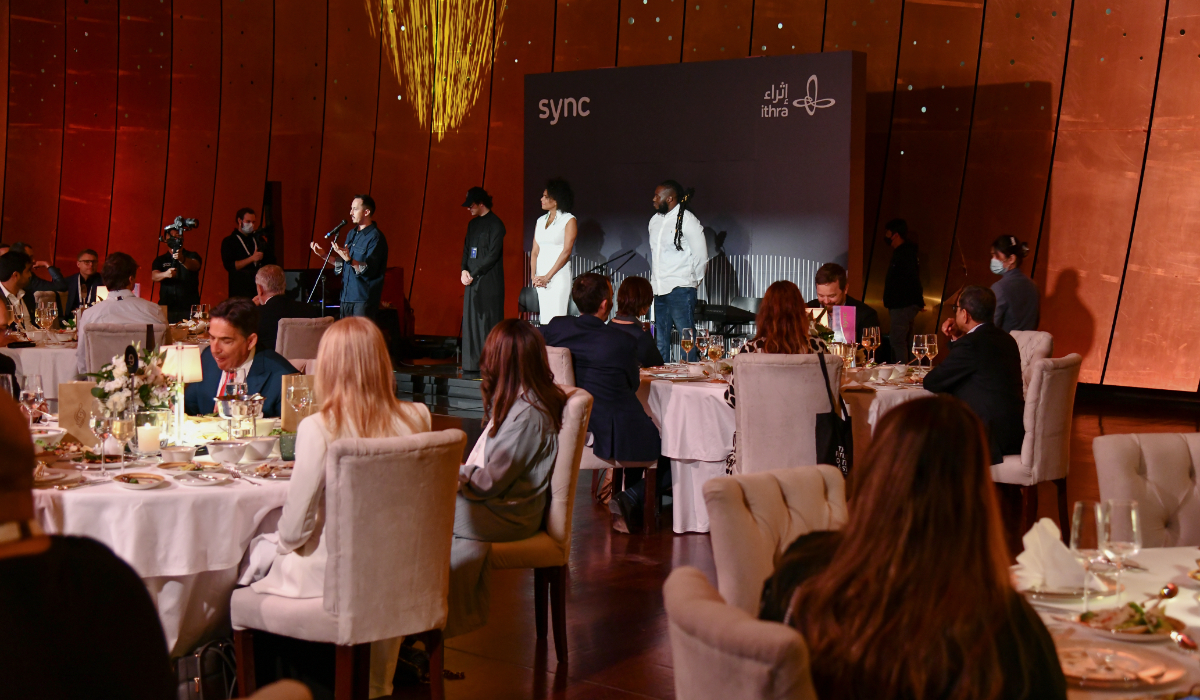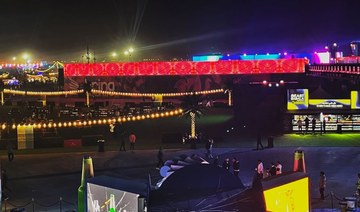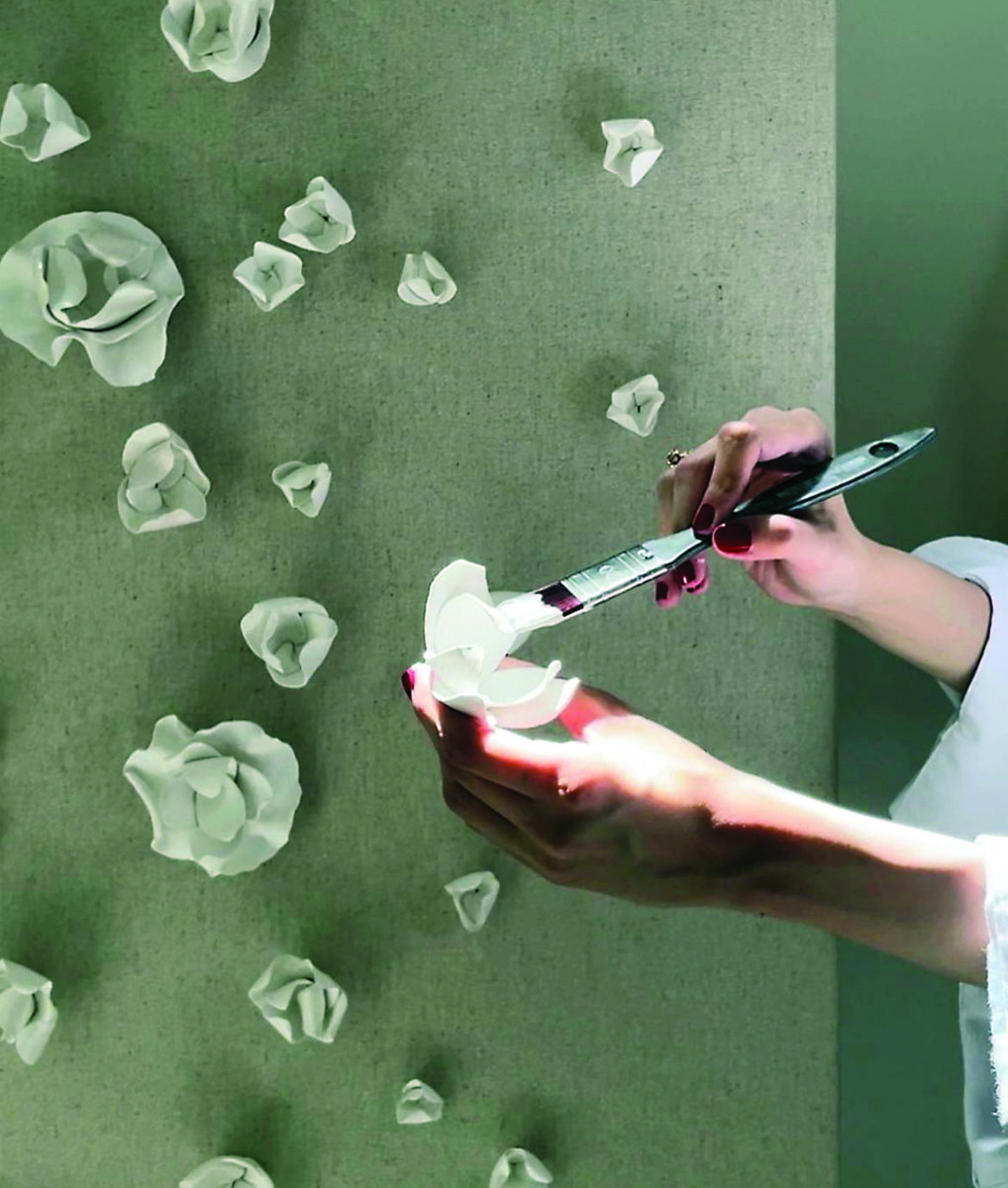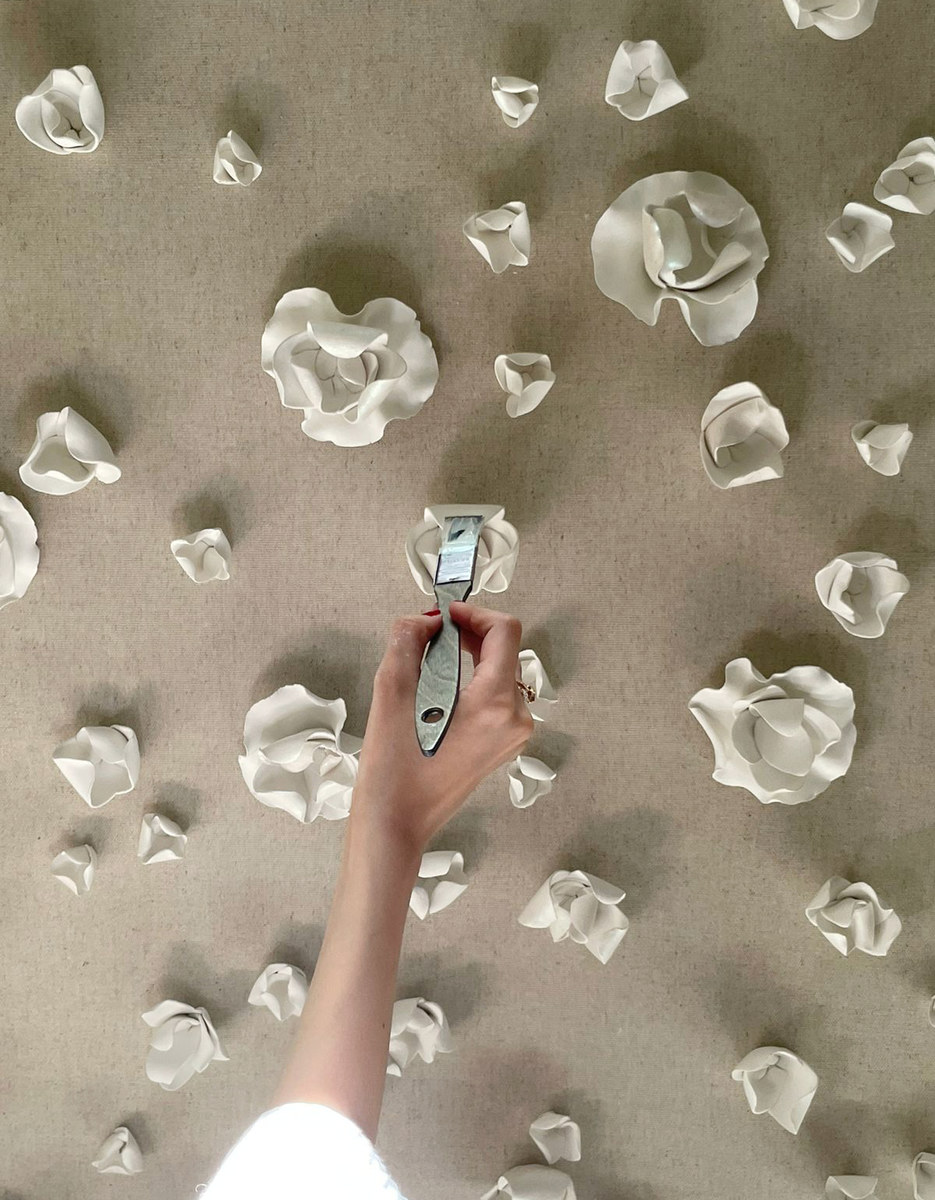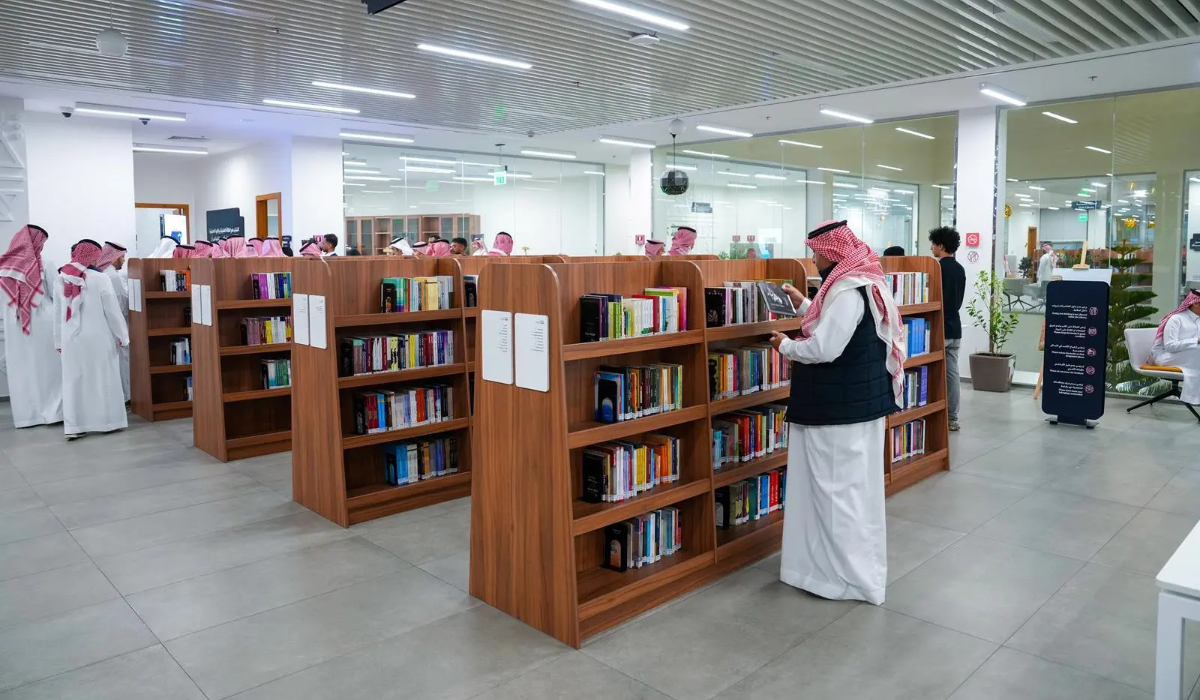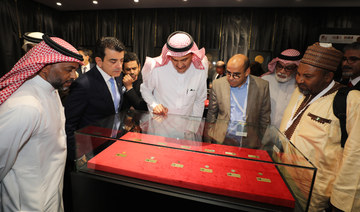RIYADH: The Joint Incident Assessment Team (JIAT) in Yemen found that the Arab military coalition was not responsible for alleged human rights violations in several airstrikes conducted in recent years.
It responded on Wednesday to four claims that were reported by media and rights groups surrounding the coalition’s alleged operational misconduct in the conflict.
JIAT spokesman Mansour Al-Mansour said that an investigation concluded that the procedures followed by the coalition were “proper and safe,” and took into consideration the rules of engagement and international humanitarian law.
The first claim surrounded an alleged attack on a sanitation facility in Zabid district that occurred between July 26-28, 2018.
On July 26 that year, coalition forces did not carry out any air missions in the Zabid district in Al Hudaydah province, Al-Mansour said, adding that the closest air mission to the location of the attack on that day was on a military target in the Bajil district, 88 kilometers from Zabid.
The JIAT spokesman said that a day later on July 27, coalition forces also did not carry out any air missions in Zabid. The closest air mission to the location of the attack that day was on a military target in Al-Tuhayta district, 15 kilometers from Zabid.
The JIAT specialists found that the airstrikes conducted over those three days — all outside Zabid — had hit their intended targets. As a result, the JIAT concluded that coalition forces did not target the sanitation facility in Zabid on those dates.
The coalition was also accused of targeting a navigation tower at Sanaa Airport on November 14, 2017.
The JIAT examined the incident and reviewed all relevant documents, including procedures and rules of engagement, daily mission schedules, after-mission reports, mission video recordings, satellite images, and provisions and principles of international humanitarian law.
The joint team found the following:
Sanaa airport is divided into a civilian section on the eastern side of the runway and a military part on the western side, where Al-Dailami Airbase is. Coalition forces received intelligence regarding the electronic capabilities of the Houthi militia in several locations, including a radar at Al-Dailami Airbase that was used to track coalition aircraft for the purpose of engaging them with air defense systems.
Reconnaissance reports confirmed the existence of a radar site at the airbase.
At 8:00 a.m. on November 14, 2017, coalition forces carried out an air mission on a legitimate military target — the radar located at Al-Dailami Airbase.
Coalition forces took all feasible precautions to avoid inflicting casualties or incidental damage to civilians and civilian objects during the planning and execution of the military operation. It did so by deploying a single guided bomb proportional to the size of the military target, with a successful direct hit.
Al-Mansour added that the coalition’s actions were in line with the Geneva Conventions and customary international humanitarian law.
The JIAT said that coalition forces did not target the commercial navigation tower in question and validated the measures taken by personnel in dealing with the legitimate military target.
Al-Mansour discussed another case dating back to 2015, where children were allegedly bombed by coalition warplanes in the Ahmadiyya neighborhood in the Khor Maksar district of Aden.
The joint team found that coalition forces did not carry out any air missions in the Khor Maksar district, with the closest target being a military site in Lahj, 18.5 kilometers away from the site in question.
The JIAT visited the site to inspect the location of the attack in the Ahmadiyya neighborhood, but found no evidence of damage resulting from an airstrike.
The JIAT also conducted thorough investigations into claims made on Jan. 28, 2021, by the UN Resident Coordinator and Humanitarian Coordinator concerning alleged civilian casualties and damage to homes and farms in Hays and Al-Durayhimi from Jan. 20-27 last year.
Hays and Al-Durayhimi, located in Al-Hudaydah, are 63 kilometers apart.
The joint team found that coalition forces did not carry out any air missions in the entirety of Al-Hudaydah during this period, concluding that it could not be held responsible for civilian casualties and damage to homes and farms in the two districts.












